
A team of paleontologists of the Institute of Geology and Paleontology (including a former CGD junior member Valéria Vaškaninová) together with their colleagues from other institutions described a 465 Ma old trilobite Bohemolichas with preserved gut contents in Nature. The trilobite is among the first Czech fossils that were examined at the European Synchrotron facility in Grenoble. This cutting-edge technology enabled to non-destructively visualise all fragments in the gut of the trilobite, some of them identifiable to the species level, at a high resolution. The digestive tract of the trilobite was tightly packed with calcareous shells and their fragments that belonged to marine invertebrates such as ostracods, bivalves and echinoderms. The authors propose that the trilobite was an opportunistic scavenger, a light crusher and a chance feeder that ate dead or living animals, which either disintegrated easily or were small enough to be swallowed whole, without any attempt to reject the hard shells. This indicates that they were not exposed to an acidic environment, similar as in modern marine crustaceans and horseshoe crabs, suggesting that it might be an ancestral character of arthropods. The research thus fills a fundamental gap in our understanding of trilobite ecology and their role in Paleozoic ecosystems.
Kraft P., Vaškaninová V., Mergl M., Budil P., Fatka O., Ahlberg P.E. (2023): Uniquely preserved gut contents illuminate trilobite palaeophysiology. Nature (DOI)










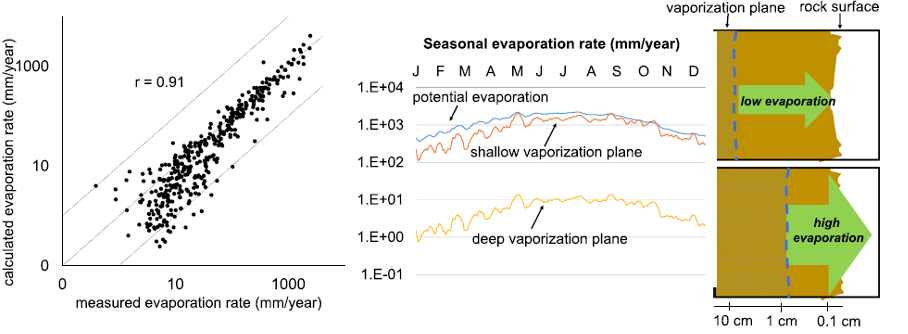
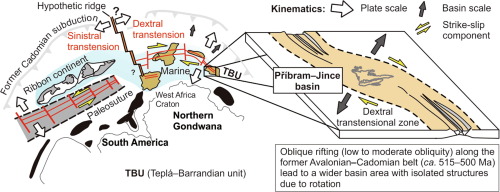

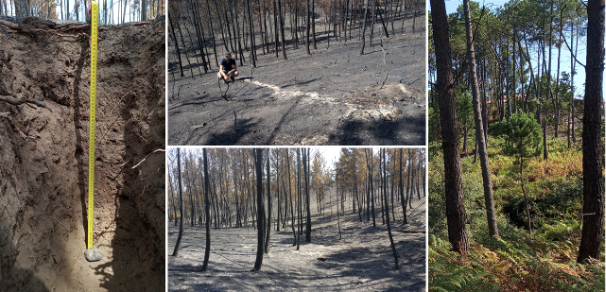
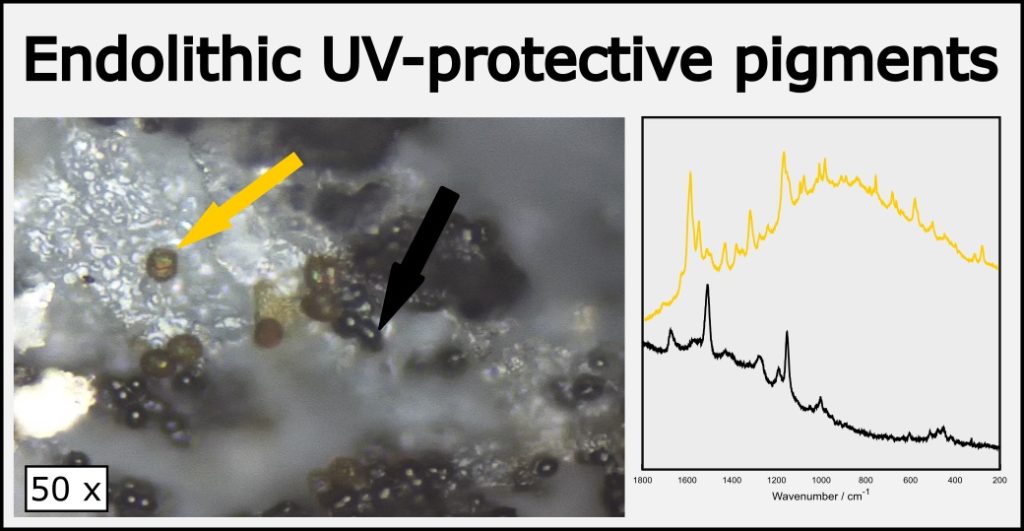
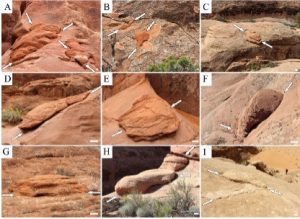 The article presents a new look on sandstone weathering/recession characterized by rapid disintegration of portions of the rock massif which are no longer physically connected with the main rock mass, though still in situ. A set of field and laboratory measurements testing mechanical and hydraulic properties of the rock were applied to compare the disconnected portions with those of the surrounding rock mass. Also, physical weathering experiments were performed to characterize the effect of confinement on the breakdown rate of several sandstone samples. The surfaces of disconnection follow bedding planes, planar elements of other sedimentary structures, subhorizontal fractures and stress shadows on subvertical cliff faces. Weathered surfaces of the disconnected portions show noticeably impaired mechanical properties, a faster capillary water absorption and a higher surface moisture compared to the much less weathered surfaces of the surrounding rock mass. Physical experiments demonstrated that a confinement by the surrounding rock mass may considerably delay the loosening of rock during weathering. The much faster disintegration rates of the disconnected portions of rock compared to their surroundings are explained by the fact that they are not confined and have a larger surface area.The recession rates of sandstone surfaces with disconnected portions are highly variable both in space and time and their genesis is demonstrated by two suggested conceptual models.
The article presents a new look on sandstone weathering/recession characterized by rapid disintegration of portions of the rock massif which are no longer physically connected with the main rock mass, though still in situ. A set of field and laboratory measurements testing mechanical and hydraulic properties of the rock were applied to compare the disconnected portions with those of the surrounding rock mass. Also, physical weathering experiments were performed to characterize the effect of confinement on the breakdown rate of several sandstone samples. The surfaces of disconnection follow bedding planes, planar elements of other sedimentary structures, subhorizontal fractures and stress shadows on subvertical cliff faces. Weathered surfaces of the disconnected portions show noticeably impaired mechanical properties, a faster capillary water absorption and a higher surface moisture compared to the much less weathered surfaces of the surrounding rock mass. Physical experiments demonstrated that a confinement by the surrounding rock mass may considerably delay the loosening of rock during weathering. The much faster disintegration rates of the disconnected portions of rock compared to their surroundings are explained by the fact that they are not confined and have a larger surface area.The recession rates of sandstone surfaces with disconnected portions are highly variable both in space and time and their genesis is demonstrated by two suggested conceptual models.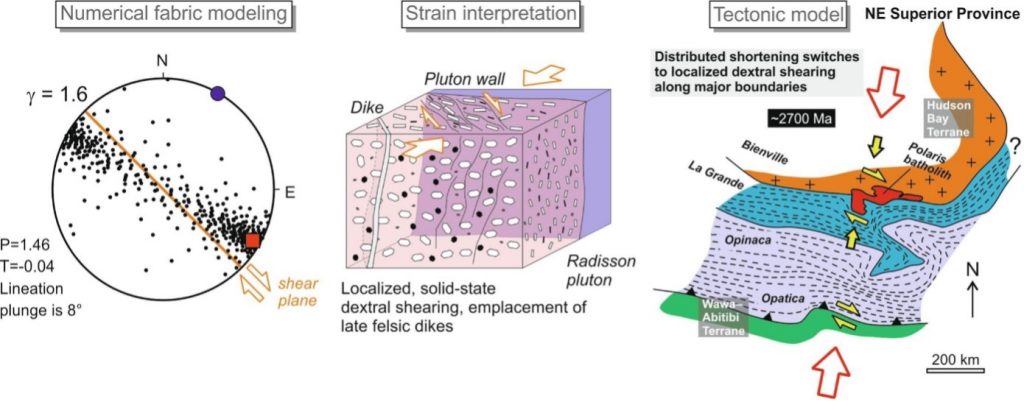
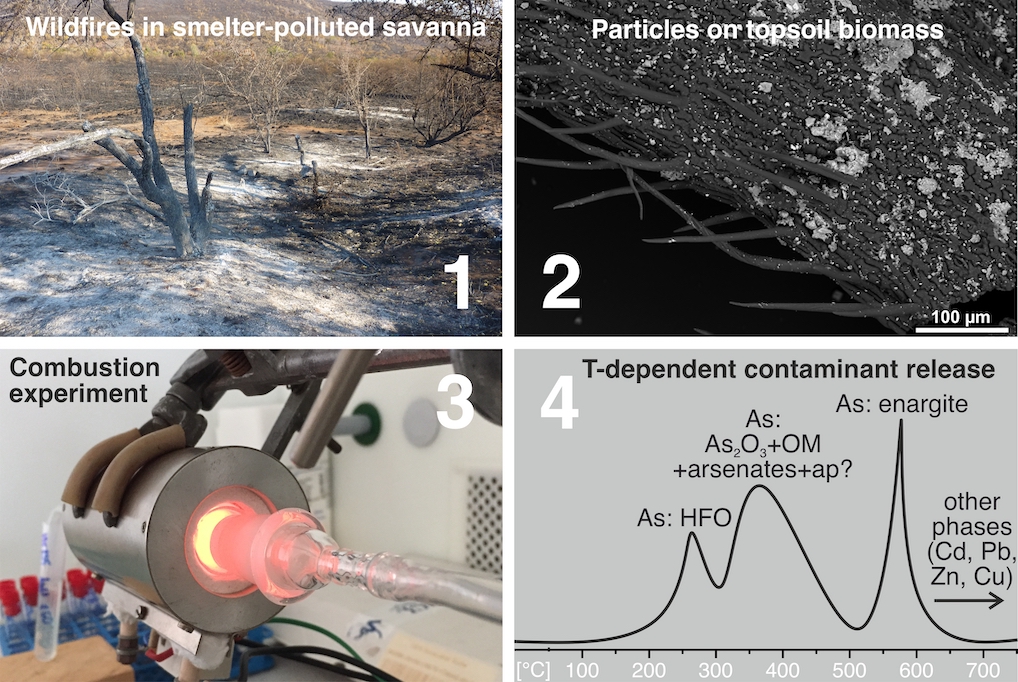 The temperature-dependent releases of metal(loid)s (As, Cd, Cu, Pb, Zn) from biomass-rich savanna soils collected near a Cu smelter in Namibia have been studied under simulated wildfire conditions. For this purpose, new wildfire-simulating setups were introduced. Laboratory single-step combustion experiments (250–850 °C) and experiments with a continuous temperature increase and online ICP-OES detection (25–750 °C) were coupled with mineralogical investigations of the soils, ashes, and aerosols. The results indicate that metals are dominantly concentrating in the ash residue, and part of As is remobilized depending on temperature. Therefore, the active and abandoned mining and smelting sites, especially those highly enriched in As, should be protected against wildfires, which can be responsible for substantial As re-emissions.
The temperature-dependent releases of metal(loid)s (As, Cd, Cu, Pb, Zn) from biomass-rich savanna soils collected near a Cu smelter in Namibia have been studied under simulated wildfire conditions. For this purpose, new wildfire-simulating setups were introduced. Laboratory single-step combustion experiments (250–850 °C) and experiments with a continuous temperature increase and online ICP-OES detection (25–750 °C) were coupled with mineralogical investigations of the soils, ashes, and aerosols. The results indicate that metals are dominantly concentrating in the ash residue, and part of As is remobilized depending on temperature. Therefore, the active and abandoned mining and smelting sites, especially those highly enriched in As, should be protected against wildfires, which can be responsible for substantial As re-emissions.